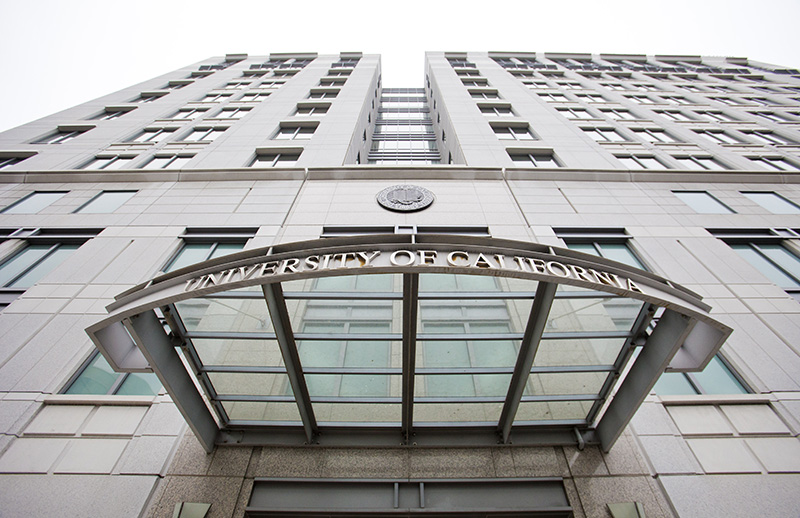A research team from the UC San Diego School of Medicine, UC Davis and Cancer Prevention Institute of California and of Stanford University determined that marriage can improve cancer survival. The scientists, who found that the correlation varies across a range of ethnicities and races, published their study in the journal “Cancer” on Tuesday.
Previous research consistently indicated that unmarried cancer patients suffer higher mortality rates compared to their married counterparts. In particular, the greatest difference in mortality rates was found to be between non-Hispanic white males, at 24 percent. Additionally, mortality affects more unmarried than married individuals among the U.S.-born Hispanic and Asian/Pacific Islander populations, relative to their foreign-born counterparts.
The scientists analyzed cancer patients and their marital statuses within the California Cancer Registry, a statewide database comprised of information regarding those diagnosed with some form of cancer. This data includes approximately 393,470 males and 389,697 females who were diagnosed from 2000 through 2009 for the 10 most common sites of cancer-related deaths.
Co-author of the study, James D. Murphy at UCSD School of Medicine, described to the UCSD Guardian that the cancer registry reveals a limited amount of information.
“The California Cancer Registry contains marital status at the time of diagnosis,” Murphy said. “Marriage is dynamic, and people will become divorced, widowed, remarry or even marry for the first time after diagnosis.”
Maria Elena Martinez, lead author and Sam M. Walton Endowed Chair in Cancer Research at the Moores Cancer Center, explained to the Guardian that, with a deeper understanding of ethnic, racial and socioeconomic backgrounds, health professionals may be able to optimize their care.
“I feel that awareness among clinicians and other health care providers of this higher risk for unmarried patients is important,” Martinez said. “It is almost as if a ‘red flag’ should go up when a provider comes across an unmarried patient, especially a male patient.”
The proportion of unmarried American men and women continues to increase. According to the Pew Research Center, the number of adults aged 25 and older who had never been married increased from 9 percent of the population in 1960 to roughly 20 percent in 2012. Furthermore, males were more likely than females to have been unmarried, at 23 percent and 17 percent, respectively.
Despite this data, unmarried individuals can incur the benefits that marriage offers without getting married. Scarlett L. Gomez, researcher at Cancer Prevention Institute of California and principal investigator of a companion paper analyzing socioeconomic factors, stated that such benefits include less social isolation and social support, tangible or emotional.
“A strong support system can have meaningful impacts on the odds of survival after a cancer diagnosis,” Gomez told the Guardian. “Spousal or child support [and] encouragement can lead to better health behaviors, such as adherence to recommended health screening … [and] more exercise. Social support may also help to buffer stress, which in turn can inhibit tumor progression through immunologic or neuroendocrine processes.”
Muir College sophomore Irfan Habib that this data might instill unnecessary concern in unmarried men and women, or simply prompt some individuals to find other factors to cancer unrelated to marital status. To continually increase cancer awareness, he suggested organizing activities that educate UCSD students on healthy lifestyles and to avoid high-risk behavior.
“I think cancer awareness can be improved simply by reminding people through organizations and newsletters [how to prevent cancer-causing activities, such as smoking, and] that cancer is still a huge problem we are fighting,” Habib said. “We can improve our chances against cancer by staying healthy and not taking part in risky behaviors.”







